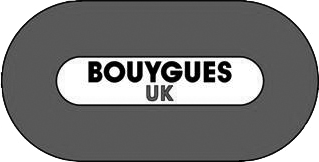A Guide to Helical Pile Installation
January 4, 2018 12:03 pmHelical piles are a type of structural foundation. In other words, they are designed to bear the weight of a building so that it does not sink into the soil. All properties are built upon a foundation, because it helps spread the heavy load evenly across the ground. There are many advantages to using helical piles, including the ease of installation and consequent removal, if necessary. Of course, helical piles must be installed by a trained professional and should not be seen as a DIY project.
Helical piles are fitted into the ground in a similar way that a screw is inserted into wood, although on a much larger scale. Using machine-mounted hydraulic or electrically powered drilling equipment, they are screwed directly into the ground. However, this causes minimal vibration.
Unlike concrete, helical piles can be installed in any type of soil and in low temperatures. Since they are designed to suit the ground conditions and application requirements of the individual project, the installation process is relatively quick and suitable for a variety of projects. As a result, it is a highly popular and beneficial method of choice across the civil engineering industry.
The equipment used to install helical piles is not only easy-to-manage but also keeps noise pollution to a minimum. This convenient and practical apparatus means it is not difficult to reach offshore or remote areas where wind turbines and solar farms are normally built. Overall, the process of installing helical piles is a lot cheaper than concrete installation and is a more environmentally friendly option.
Categorised in: Uncategorized




















